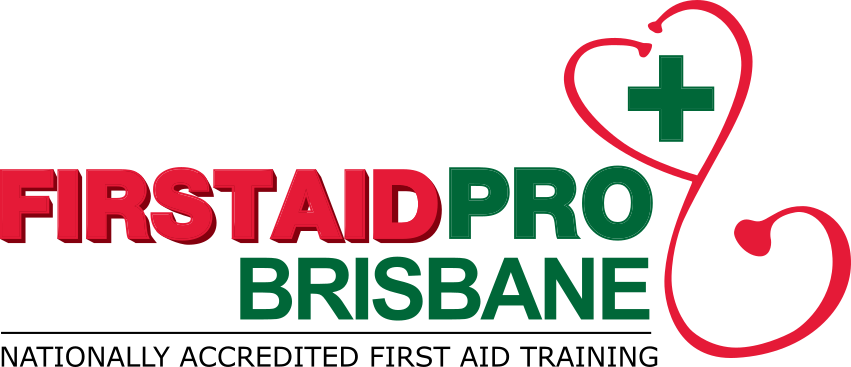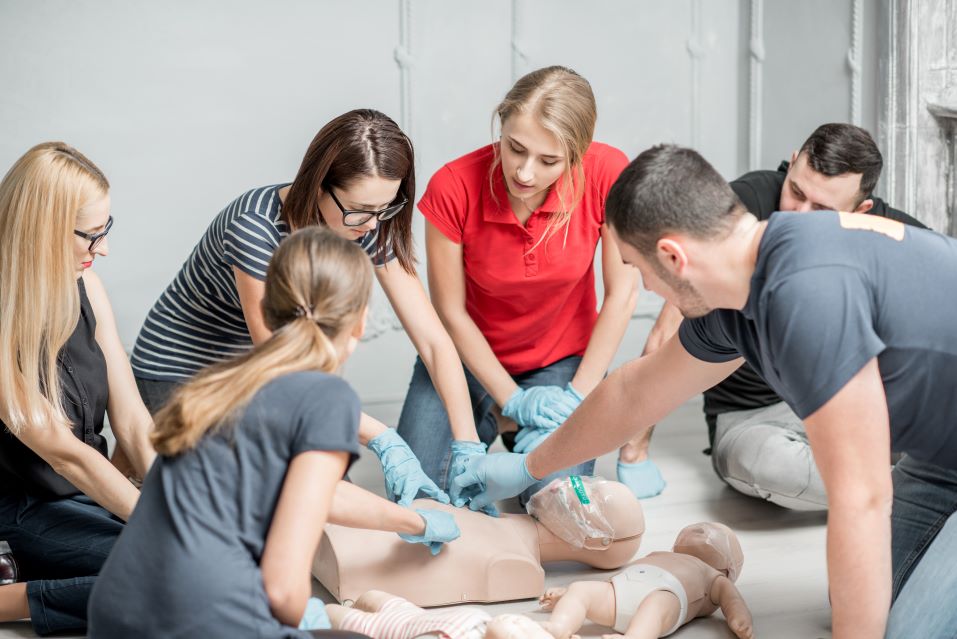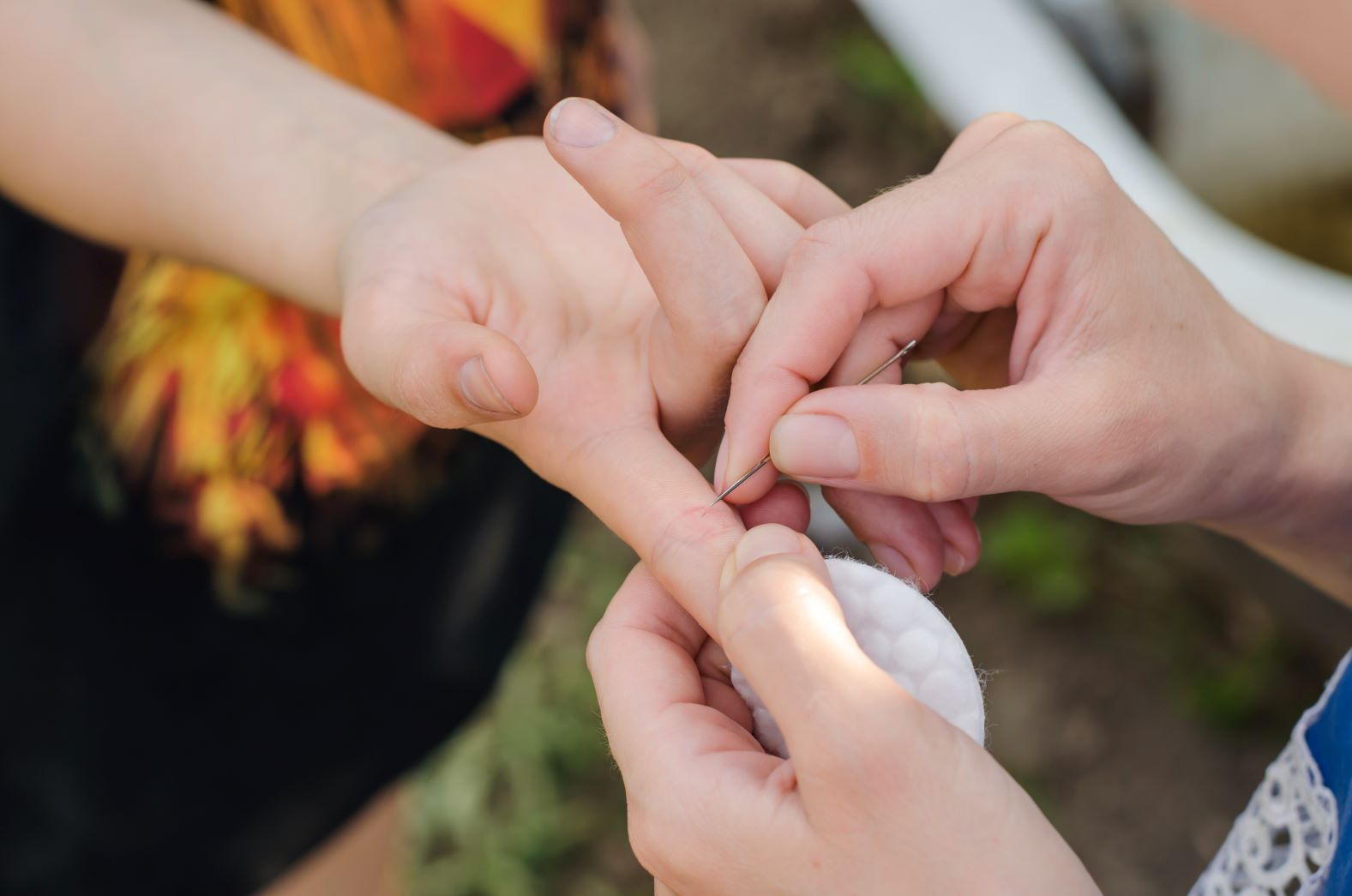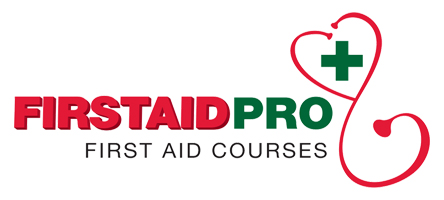It is important that a casualty receive CPR immediately to increase the chance of survival in whatever emergency they are in.
That said, CPR training is just as important, and one of its most vital aspects is distinguishing and learning the difference between performing resuscitation on various age groups.
Important Differences Between Adult And Infant CPR
Cardiopulmonary resuscitation (CPR) is a lifesaving skill that can be learned in a few short hours. While we hope not to use this skill, if an emergency arises that requires intervention, we have the knowledge and confidence to potentially save a life.
Though there are clear similarities between CPR for adults and infants, their differences are something to consider, especially in emergencies involving airways and breathing.
Adult CPR
Although choking incidents are common for small children, adults can still suffer from blocked airways and drowning incidents that require CPR. Adults are more likely to need resuscitation following a sudden cardiac arrest.
In the event of SCA, call triple zero (000) immediately before administering CPR. Once emergency services are notified, check for a pulse and begin CPR starting with chest compressions.
Push hard and fast at the centre of the victim’s chest at a rate of 100 to 120 compressions per minute. Check Bee Gee’s famous song ‘Staying Alive’ to get a sense of the compression rhythm.
The recommended compression depths for adults should be at least two inches. Watch the chest and give it enough time to recoil completely between compressions.
Use an automated external defibrillator (AED) if one is available.
Infant And Baby CPR
Infant’s and small children’s bones are more flexible than adults, making them prone to broken bones while performing CPR. Babies are more delicate and should be handled with extra care during resuscitation.
Additionally, young children are more prone to accidents than adults, sometimes leading to a blocked airway. Although everyone is at risk of sudden cardiac arrest at some point, there are instances where infants and toddlers also fall as victims.
The performance of CPR in infants and small children is generally the same as in adults. However, due to their current physique, there are some differences when providing resuscitation.
Start CPR before calling emergency service. If you find yourself alone with a child that is not breathing and unresponsive, provide CPR intervention for a few minutes before calling 000. Doing so will help keep the circulation going while waiting for professional help to arrive.
Depending on the size of the hands, use one or both hands to perform compressions. Unlike in adults, the depth of compressions should only be one and a half inches. Follow the 30-2 rule in CPR – 30 compressions and two breaths.
For babies, 2 fingers should be used and the depth of compressions should only be one-third of the depth of the chest (you may need to use one hand to do CPR depending on the size of the infant).
When providing rescue breaths, take into consideration that children’s airway is more fragile. Therefore, it is important not to tilt the head too far and take precautions when giving rescue breaths.
It is vital that a casualty in an emergency will receive CPR immediately to increase their chance of survival. By learning this skill, you could save a life.
Conclusion
Various medical emergencies such as choking, drowning, and sudden cardiac arrest will require immediate CPR to save the victim’s life.
Despite its importance, still, many bystanders do not know how to provide CPR in such emergencies. In such a scenario, the victim’s chances of survival rapidly decrease.
Anyone can be involved in an airway emergency, regardless of age. Therefore, knowing how to administer CPR on both adults and infant is essential.
While some techniques remain the same for all ages, it is important to know and understand their differences.
Enrol in a CPR course to keep up to date with the latest resuscitation guidelines and get a CPR certificate on the same day of completion.








